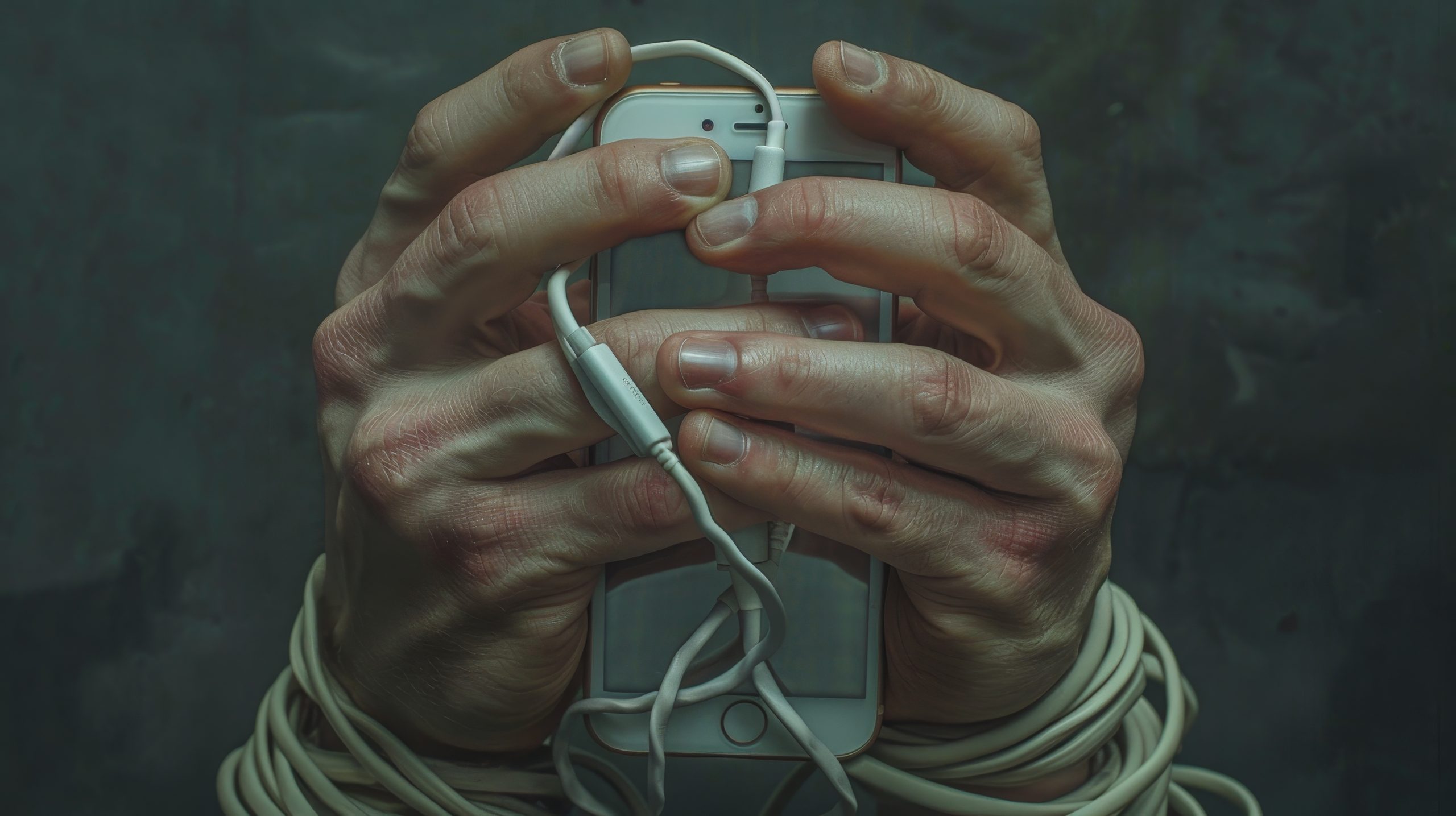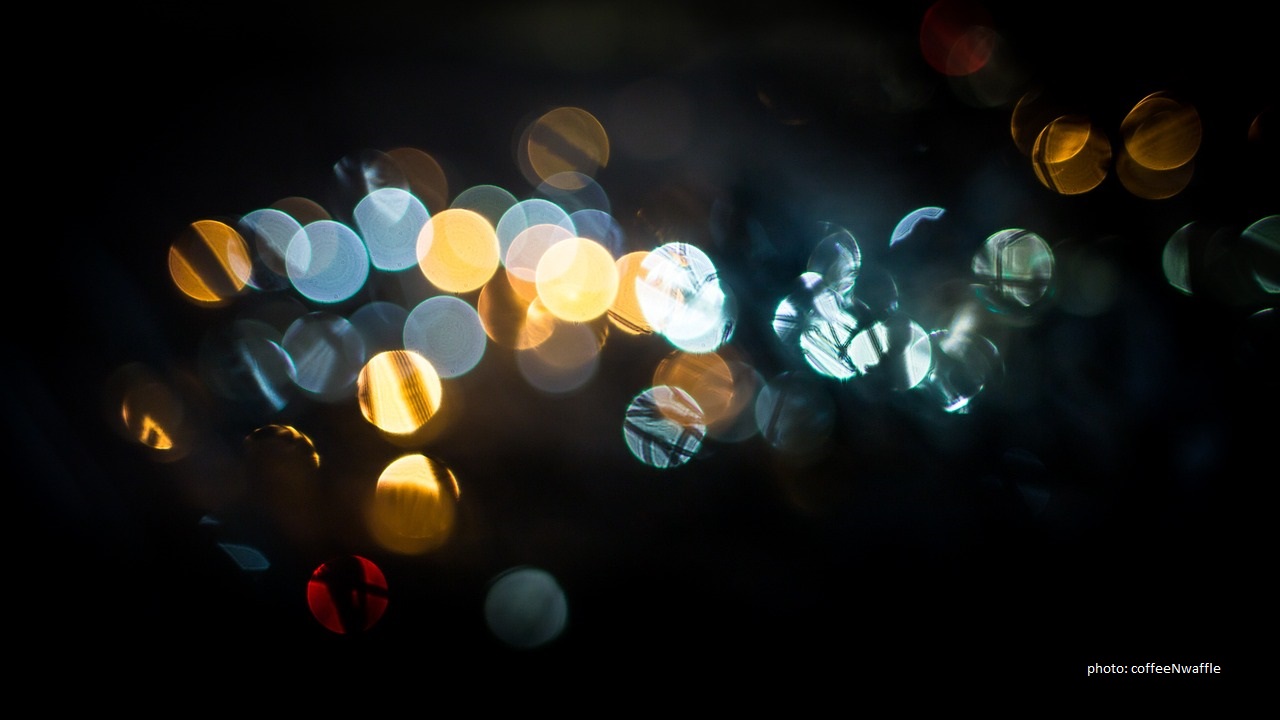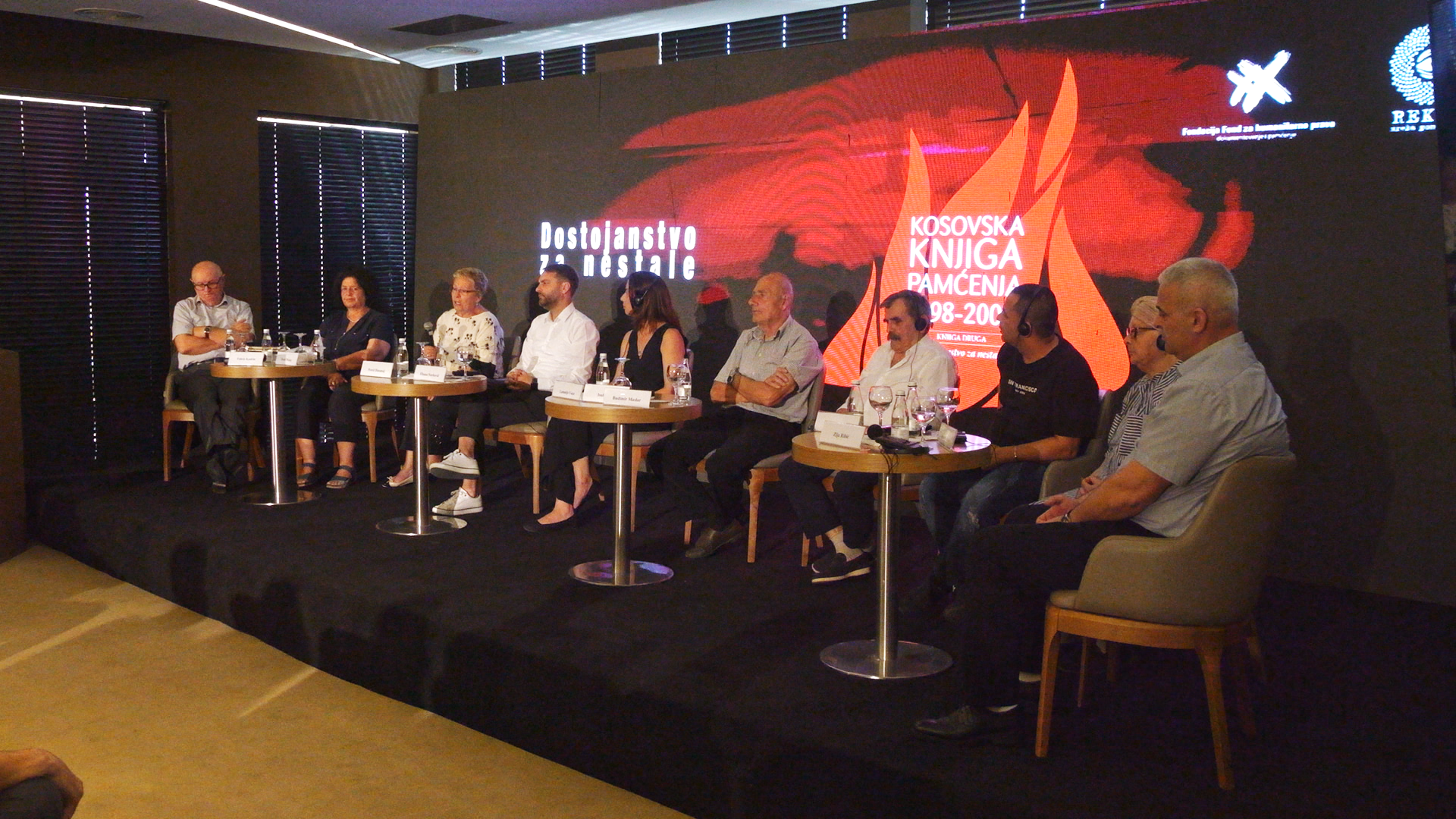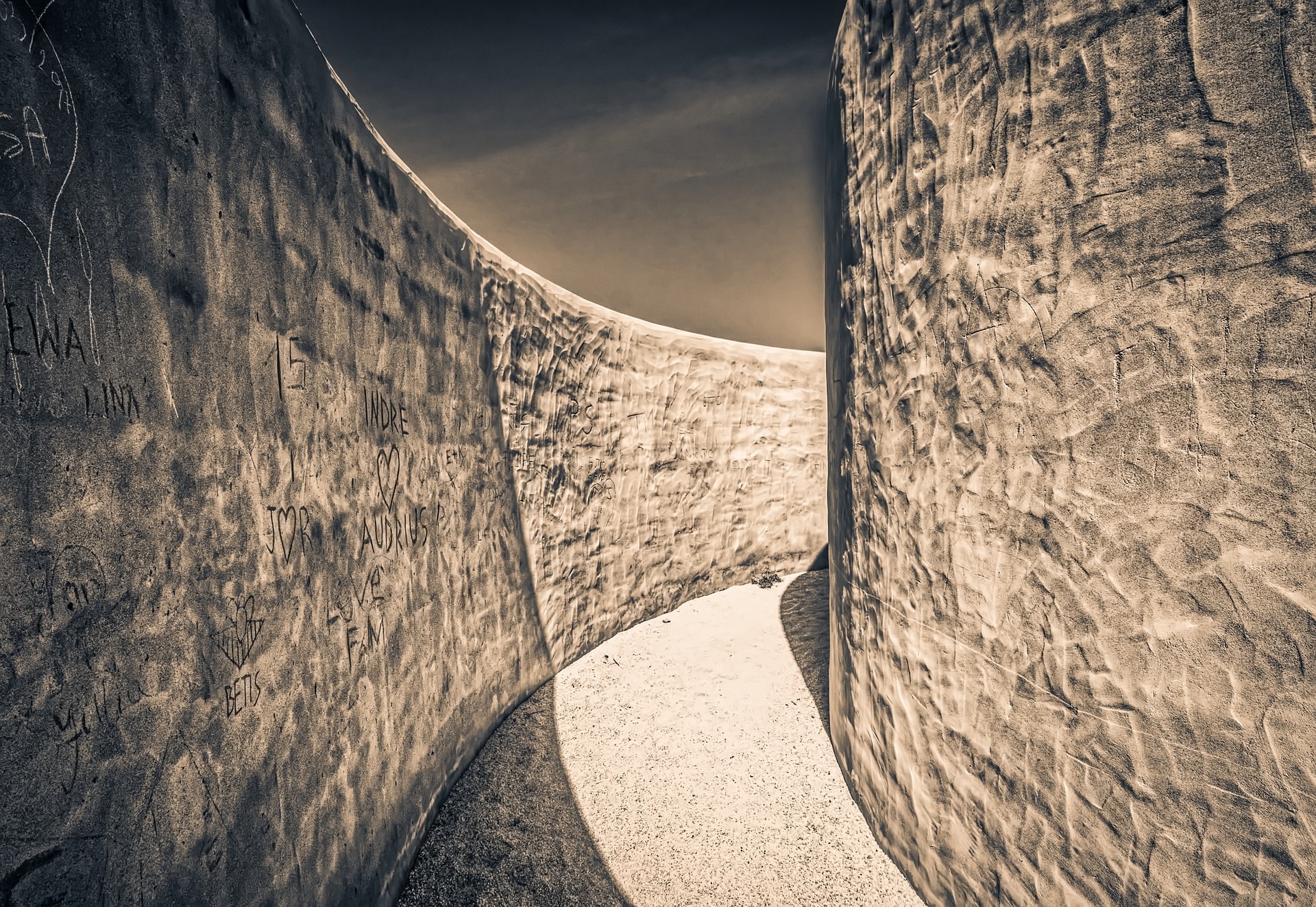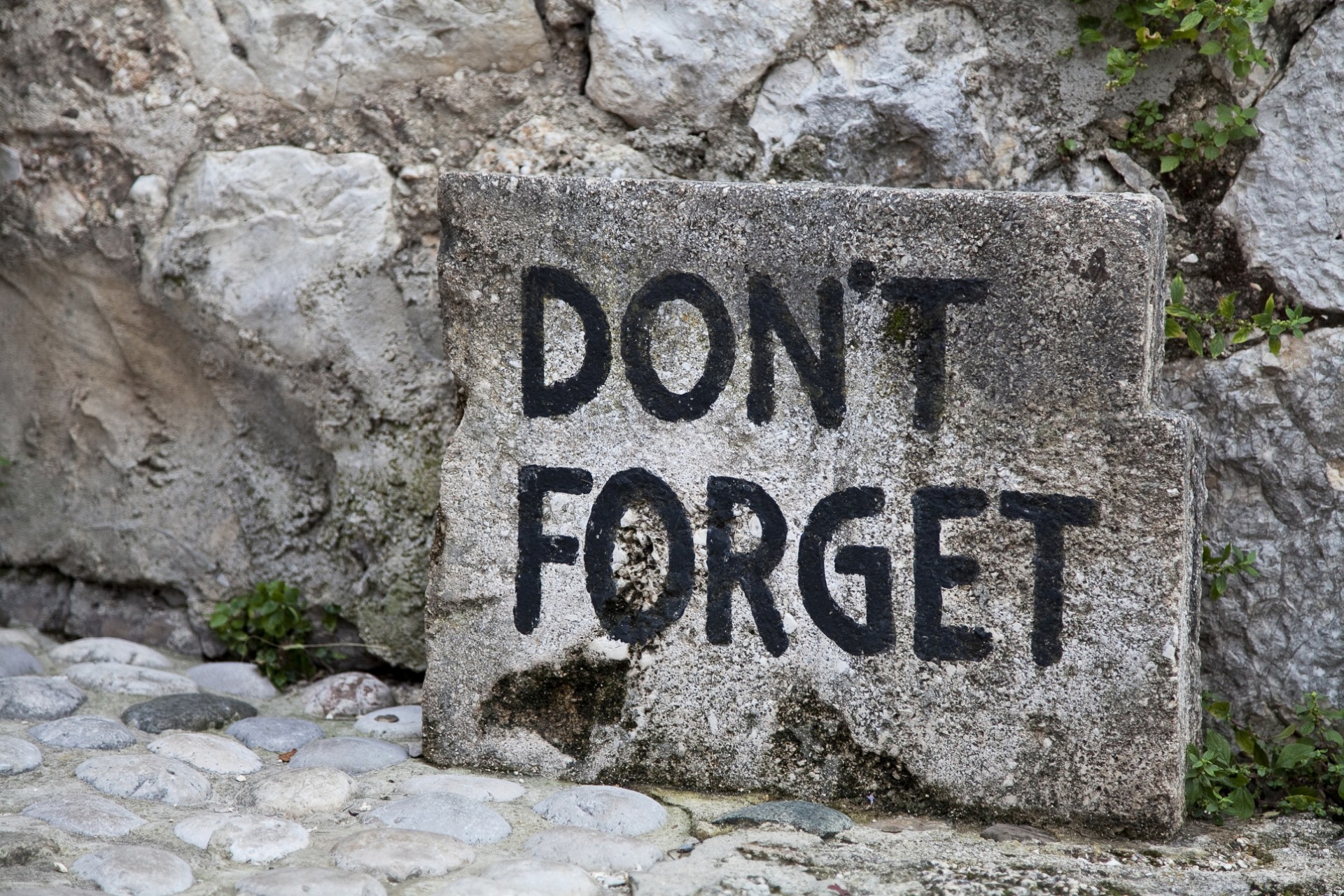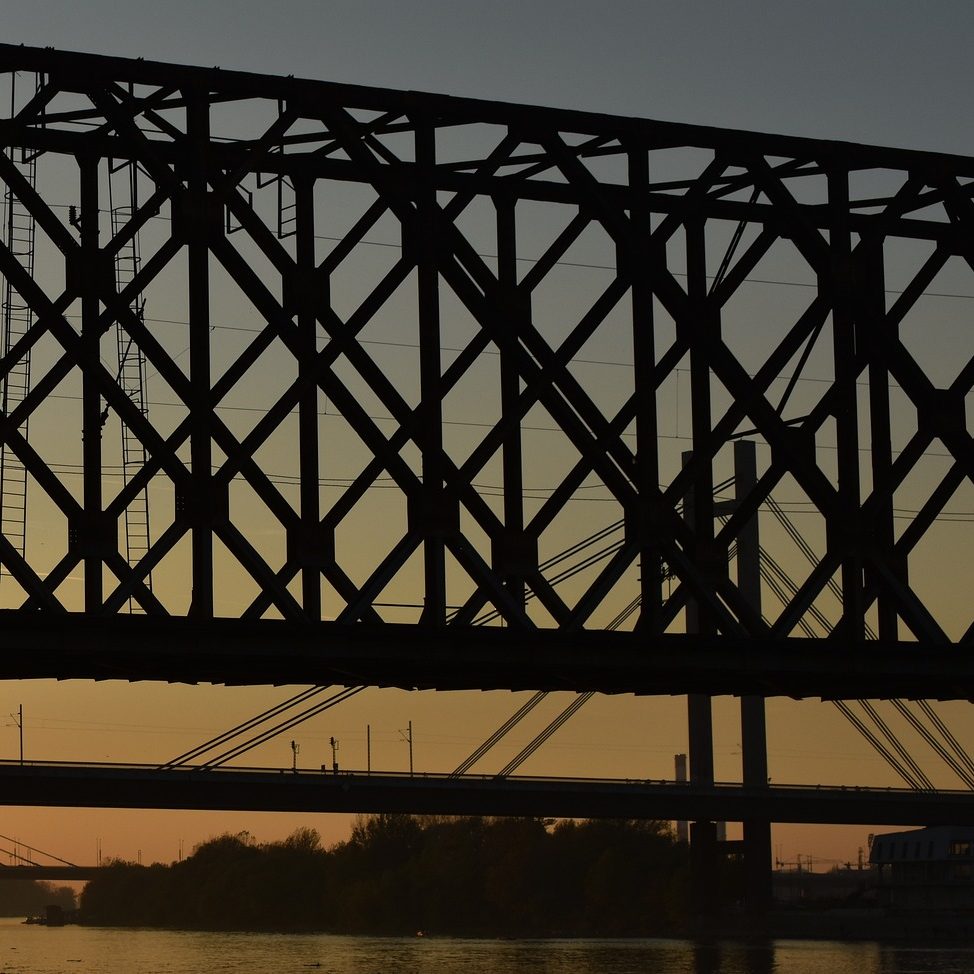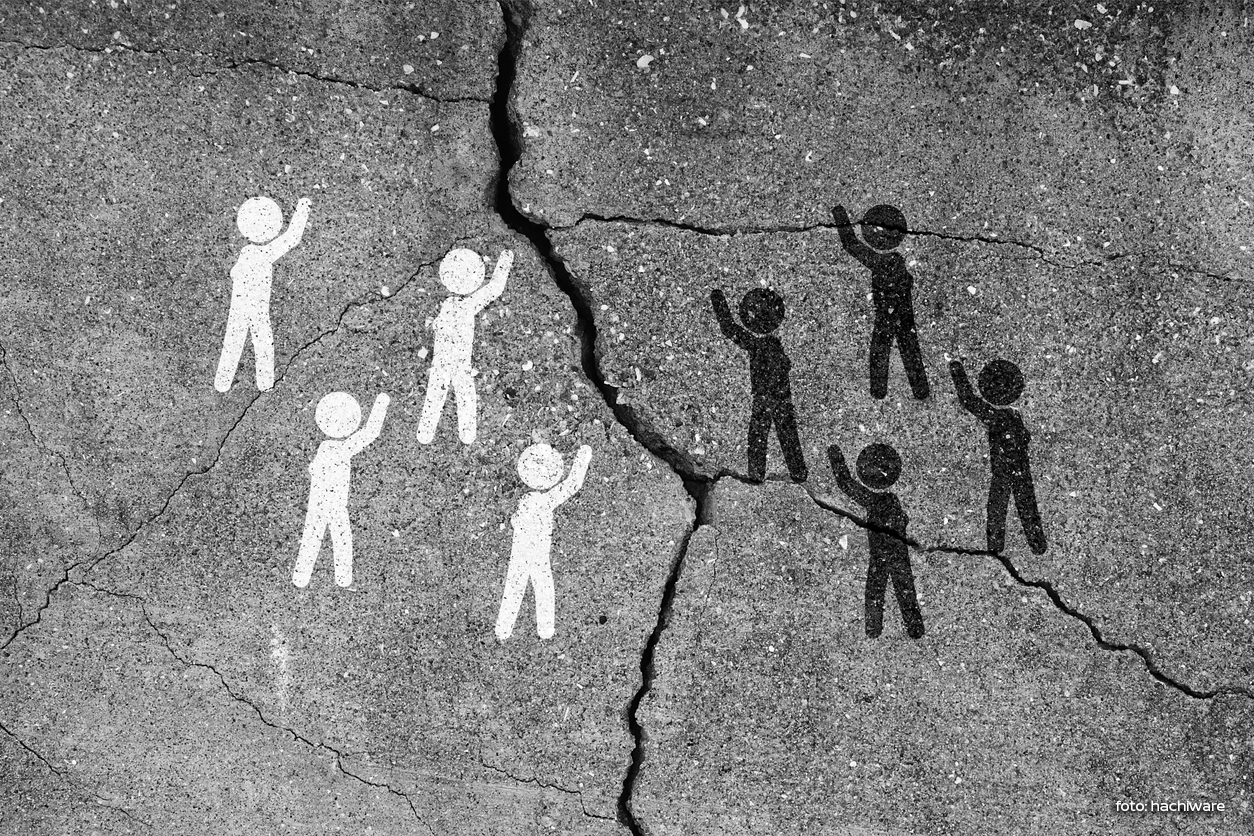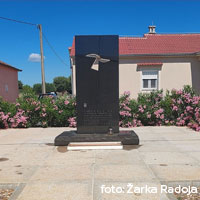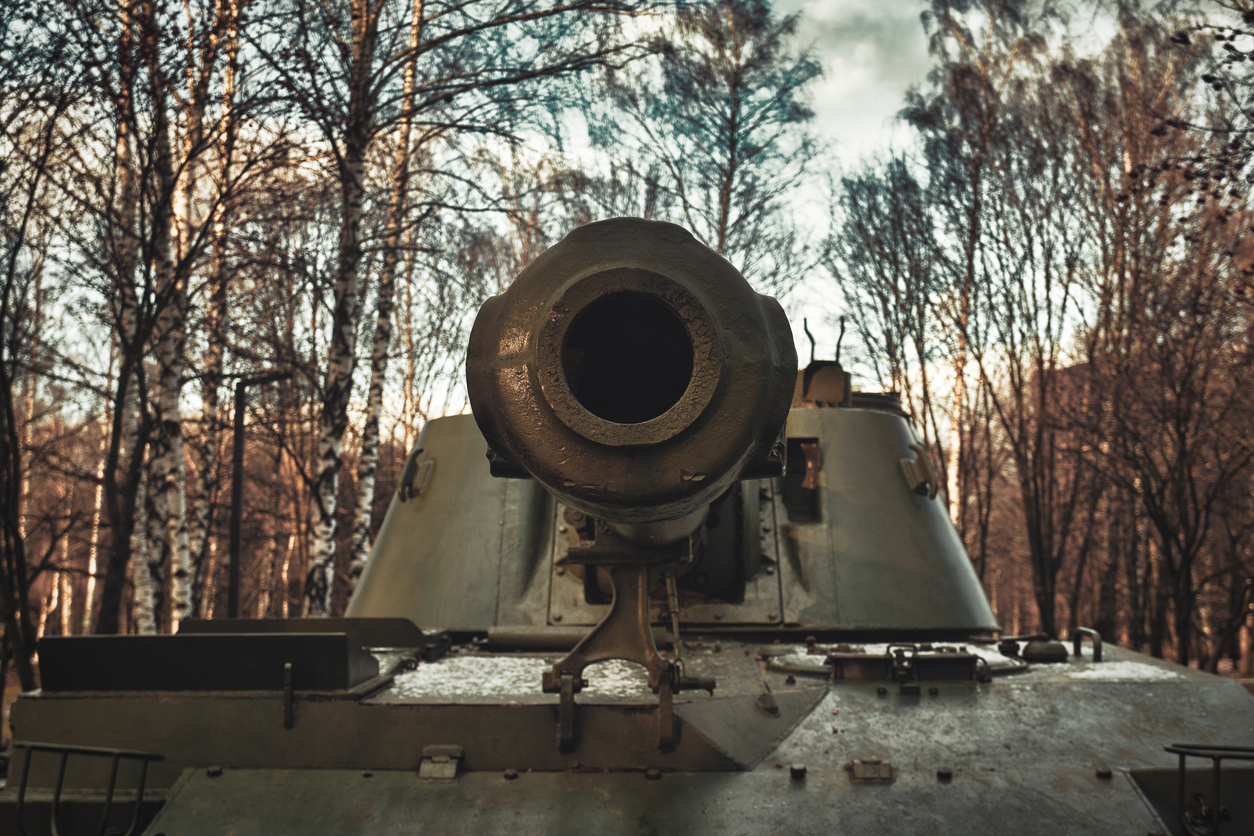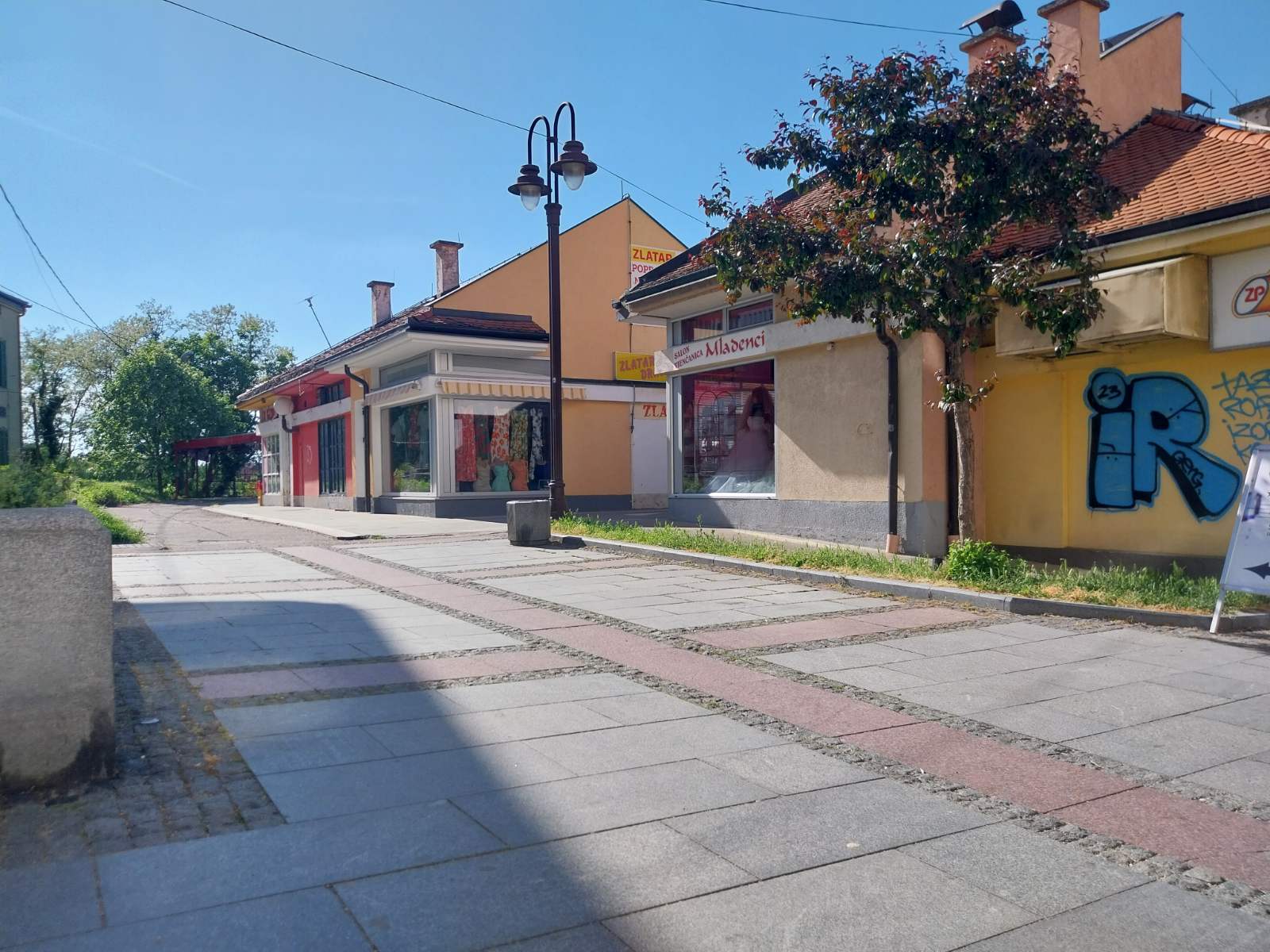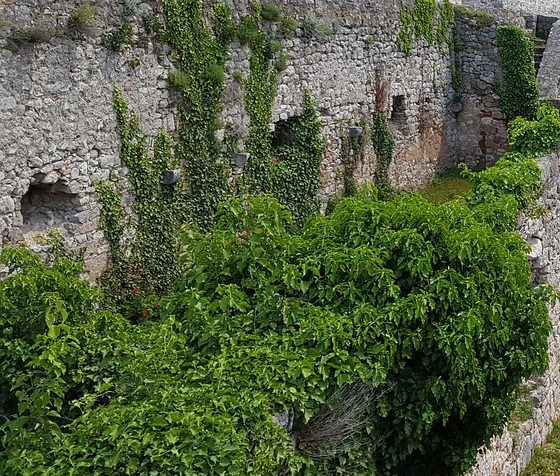By: Dejan Kožul
The 26th anniversary of the genocide in Srebrenica came in specific circumstances. Before the anniversary, the Parliament of Montenegro adopted the Resolution on Srebrenica, in which it is clearly emphasized that the “terrible crime”, as Serbian officials usually call it, is in fact “genocide”.
What happened is not the same as if the resolution was adopted by Croatia, Slovenia, or even Macedonia. The resolution was adopted by “Serbian Montenegro”, as it is usually said in Serbia. Today, that same Montenegro is declaratively, at least according to what the Montenegrin leading parties stand for, more Serbian than it ever was. Thus, the adoption of such a resolution hurts more, so the reactions are more irrational than usual.
Serbia’s position has been confirmed many times – the only question is whether the anniversary of the genocide will be completely ignored or everyone will talk about Srebrenica through the lens of the attack on Aleksandar Vučić in Potočari in 2015. Hence the statement of Prime Minister Ana Brnabić that those who lead Serbia should not go to Srebrenica until the issue of the attempted assassination on Aleksandar Vučić is resolved.
And it is inevitable to mention it when in Srebrenica, especially if you came from Serbia. Even the Mothers of Srebrenica will remember that day and that moment because they also feel used.
It is inevitable and it is a success, before all for Aleksandar Vučić, who manages to divert the conversation away from much more important topics even when he does not speak. And there have been many important topics this year. It is hard to say if there were more than ever if we look at the number of the new body remains buried as a topic because there were 19 of them this year, of which two were minors. But if we look at everything that happened in Srebrenica in the days before the commemoration and burial, then we can say that the discussions on the genocide have started to happen beyond the anniversaries, but differently – through art. And this is another specificity of this year’s anniversary.
The idea of the Museum of Genocide within the Memorial Center in Potočari is slowly taking its final shape – the roof of the former car battery factory has been completely renovated, so there is no fear of leaks or the influence of external factors on the state of the former factory, and former UN base. There was a justified fear that the traces on the walls that testify about those days in July 1995 would be lost or erased. In addition, no one could guarantee that the water would not ruin the exhibited works in the future. Presenting the conceptual design of the Museum, the director of the Memorial Center, Emir Suljagić, remembered how the insurance of 250,000 euros was necessary when the works of Safet Zec were exhibited in the Center. Today, that fear is gone. The Center has been preserved, so the entire factory can now be part of the future Museum of Genocide.
A kind of precursor to the future Museum was the cultural and artistic program of an educational character, which was held at the Memorial Center in the days before the burial and commemoration, such as exhibitions and a school for young people.
First of all, it should be noted that just before this anniversary, it was announced that 570 women from Srebrenica died without being able to bury a single bone of their son, husband, brother. Those who had been “lucky” enough to bury at least a part of the body of someone close are also dying, and the memory is dying with them. It would be more precise to say that the remembrance would also die if those memories were not kept.
One way to preserve the memory, also presented before the commemoration this year, is a video exhibition of oral history stories called “Srebrenica: Our Story”.
“Generations born after the war will in this way be able to get a complete picture of the life as it once was and the wartime events, which no one can describe better than the people who experienced and survived it. Using a special methodology, we gathered 20 stories that testify about the life before the war, customs, everyday life, life under the siege, and about the suffering in the genocide, which represents a unique way of preserving oral history”, said the author of the exhibition and curator of the Memorial Center, Hasan Hasanović.
In addition to the video oral history exhibition, Paul Lowe’s exhibition “Scars” opened, as well as the exhibitions “Spirit of Home” and “Building a House of Memory”. These two exhibitions and a video exhibition will be a part of the permanent exhibition of the Museum of Genocide.
One exhibition should be singled out – we can connect it with what Hasan said, and it concerns the generations born after the war. We will also add the generation born during the war, because Jelena Jaćimović, the author of the exhibition “ArchiWar: Stories and Memories of the Srebrenica Genocide” belongs to that generation, and it is this generation that Jelena addresses in her work.
Jelena’s exhibition was set up at the Memorial Center at a time when the news was coming from Serbia about a neo-fascist protest during the opening of the exhibition of photographs by Midhat Poturović about Srebrenica.
Just as Aleksandar Vučić managed to impose his narrative even to the Mothers of Srebrenica, so did these neo-fascists manage to divert the topic from the exhibition. It is a tested recipe from the same kitchen, but what needs to be emphasised here is the media that rushed to film a handful of rioters shouting the name of Ratko Mladić. Because of all that, the exhibition was in the second plan, and a handful of neo-fascists was the main topic for the media to report in the following days. This brings us to another part of the programme at the Memorial Center, that is, to point out an important problem.
As part of the program, there was a presentation of the annual report on genocide denial. According to the report, during one year, i.e. from 01.05.2020 to 01.05.2021, 234 cases of genocide denial were recorded, of which 142 were in Serbia.
What this report does not include, but it should, are the media, mostly from the Federation of BiH, which, just like the media during the exhibition, pay too much attention to the deniers of genocide. Thus, the statements of Milorad Dodik and others that there was no genocide in Srebrenica, and which he repeated a million times, will be a topic that will occupy news programs, which only further encourages the deniers. Especially if the circumstances are specific, as we have already said.
The specificity is reinforced by the recent final judgment against Ratko Mladić, among other things, for the genocide in Srebrenica, as well as the first instance judgments against Franko Simatović and Jovica Stanišić – the first verdicts that indicate that the Serbian leaders were involved in armed conflicts.
The reinforcement, although it is better to say the despair of those who deny the genocide, is reflected in the fact that in Bratunac this year for the first time they held a memorial service for the Serbian victims, the day before the anniversary of the Srebrenica genocide. Usually, it used to take place a day later, on St. Peter’s Day.
It seemed it was considered that it was not enough, so it was decided to take another step and hold a memorial service on July 10, calculating that it might divert attention from the following day. And even if they do not succeed in that, it was important to address “their” public, to “step on it”.
That is exactly what happened because, except for the media from Republika Srpska and Serbia, no one gave importance to that event. And why should anyone do it? The voice of the victims is not heard there.
No one disputes the right to remember the victims, but their abuse is disputed, as well as the eternal question: “What did they do to us?”
The resolution adopted in the Montenegrin parliament does not imply the genocidal character of one nation. On the contrary. It only condemns genocide. The genocidal nation argument is talked about only in Serbia itself, and so the burden of genocide is consciously placed on the shoulders of those who certainly have a moral, but not criminal responsibility. Moral, because they may not have known about the genocide in the days when it was committed, but they allowed their state to deny genocide, and some of its citizens even affirm it, because this is no longer just a story of genocide denial, but it is also about the support of perpetrators of genocide and war crimes, as indicated by the functions of those convicted of war crimes, but also the positions they hold in society.
This is why voice should be given to those who were just born at the time of the genocide, or after. It is why Jelena’s exhibition is significant:
“I guess it would be good to start from the beginning. Maybe to start from home, from family. The reasons for the denial are something that further alienates us all. We must understand that it is not individuals who just decide on our behalf, who torture and kill for their benefit. Nor are we the ones who should feel obliged to defend them, because they seemingly represented ‘our’ interests. Knowledge is not imposed, knowledge is offered. Fortunately, critical thinking and rebellion are not born in school, so that energy will always find its way,” Jelena said when asked how to impose knowledge about Srebrenica on the generation she addresses.
That is why space should be given to the school that was held in Srebrenica in those days. They will tomorrow, or even today, urge the memory that they acquire indirectly, and which they will be able to acquire when the Museum of Genocide in Srebrenica gets its shape.
That is its purpose. Not to let this happen again.
